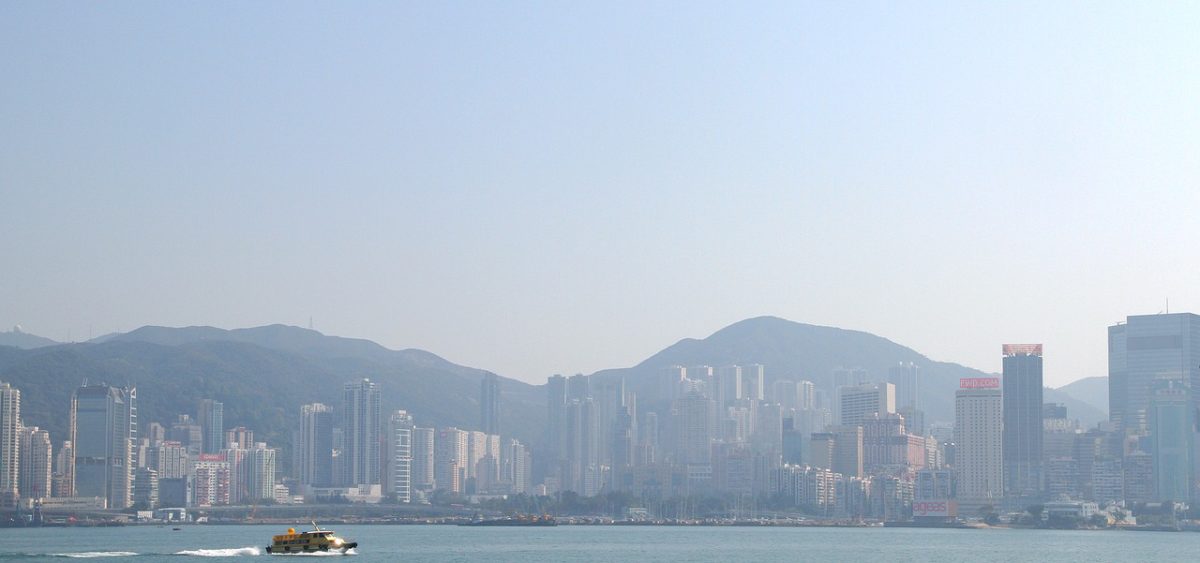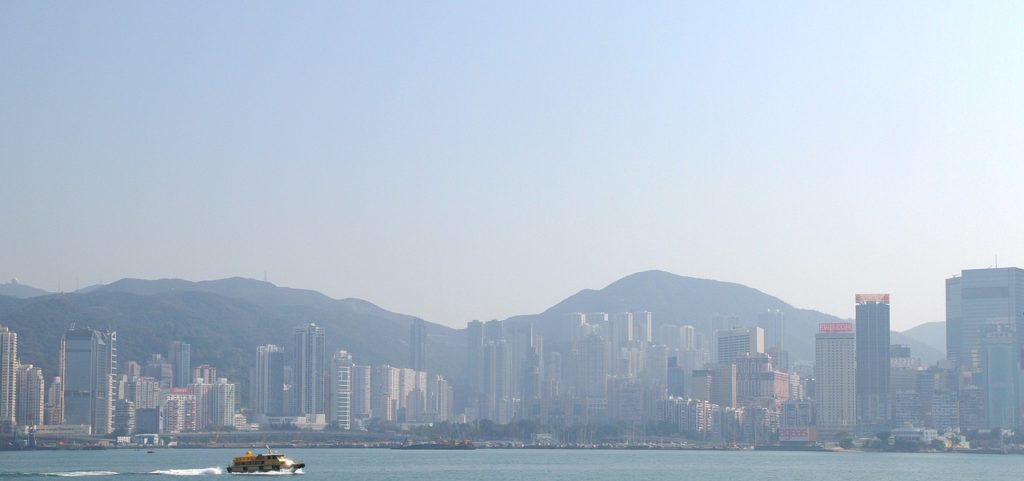
But weak dollar sees SAR slip in the global rankings
- Hong Kong is 5th most expensive location in Asia
- Tokyo, Japan, is most expensive Asian location in the survey
- Strengthening of Korean won pushes Seoul back into the Asian top ten
- Karachi, Pakistan, is the cheapest location in Asia and the survey
- Exchange rate movements have the largest impact on living costs for assignees
Currency movements have brought significant changes to ECA International’s recent Cost of Living ranking. Hong Kong is now the fifth most expensive place to live in Asia, and the most expensive location in Greater China followed by Shanghai, Beijing and Taipei. Xi’an, the cheapest Chinese city surveyed, is ranked 116 places below Hong Kong in the world ranking.
With prices mainly remaining stable, it has been exchange rate fluctuations that have contributed the most to changes in the cost of living for international assignees over the past year. “Hong Kong’s rise in the Asian ranking is due largely to the price of goods and services increasing at a slightly faster rate than nearby locations,” said Lee Quane, Regional Director Asia, ECA International. “However, the weakening of the dollar against many currencies, notably the euro, means that in the worldwide context it has become cheaper, dropping to 51st place worldwide from 33rd since last year.”
“This underlines how economic events directly affect the purchasing power of assignees,” explains Quane. “The nascent economic recovery has led to a weakening of the US dollar, so that when assignees are sent out of locations pegged to the greenback, such as Hong Kong, to many locations, including Singapore, Australia, Korea Republic and Japan, they will require higher cost of living allowances than they received last year.”
Hong Kong and China
Shanghai is China’s most costly location for assignees, followed by Beijing. “Five years ago, cost of living allowances for employees sent to work in Shanghai were around 12% cheaper than if they were on assignment to Hong Kong, “ says Quane. He added, “the massive gap between Hong Kong and the cheapest location surveyed in China underlines the huge variation in living costs in this large region.”
In Singapore, the cost of living for visitors is catching up with the levels of some of its neighbours including Hong Kong: a year ago living costs in Singapore were approximately 15% lower than in the SAR, now the difference is just 7%. “While increases in cost of living are unlikely to deter companies from relocating staff to Singapore, the cost of doing so is now higher than it was a year ago,” explains Quane. “International assignees there are likely to be paid higher cost of living allowances by their company to ensure that they continue to maintain their purchasing power while on assignment.”
“These movements highlight the importance companies should attach to salary delivery,” continues Quane. “Those who deliver the employee’s salary in one currency will find themselves at the mercy of exchange rate fluctuations such as those witnessed over the course of the past year. However, those who split pay between the assignee’s home and host location will mitigate such problems.”





